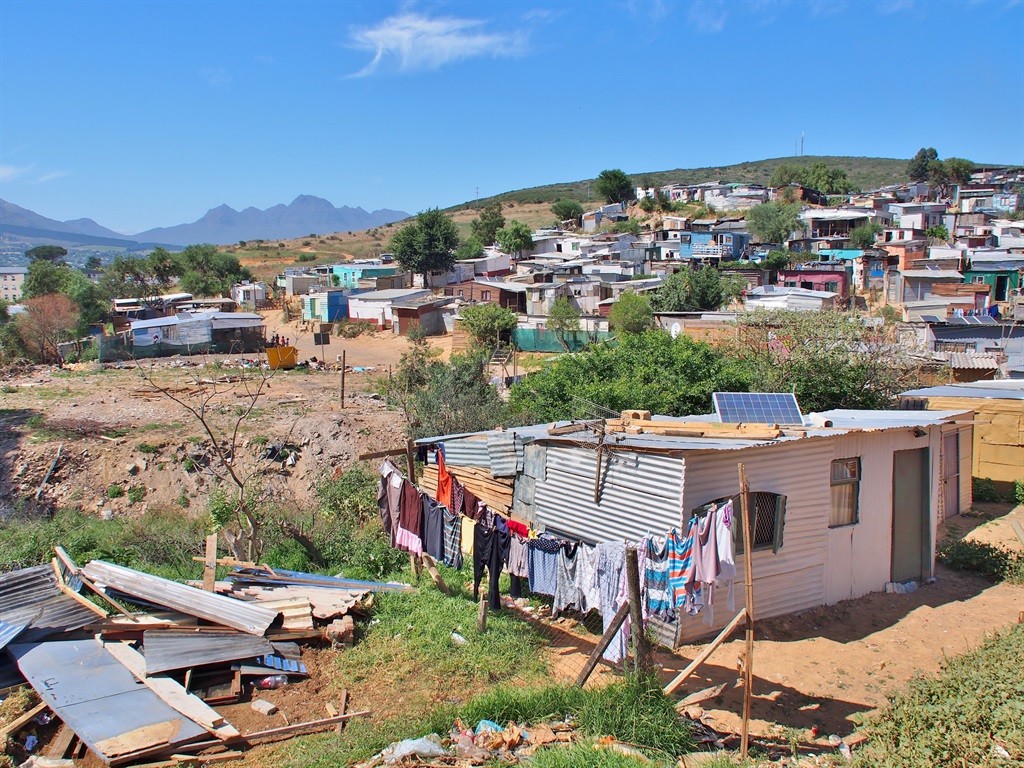
Poverty has increased, unemployment is up and economic growth continues to be negative.
Statistician-General Pali Lehohla delivered some rather depressing figures today during a media briefing at the Government Communications and Information Services offices in Pretoria
He said poverty increased to 55.5% – that is 30.4 million people – in 2015.
Lehohla’s report, Poverty trends in South Africa: An examination of absolute poverty between 2006 and 2015, stated that the most vulnerable to poverty are children aged 17 or younger black females living in both provinces and persons with little or no education.
“When you look at economic growth, you can see that our target is 5.4% a year, but that the growth is not going in that direction. We have had two quarters of negative growth – which is a technical recession. We do know that unemployment is very high and we have seen that in our quarterly labour force survey,” Lehohla said.
“We know that the number of the unemployed has increased, of course, against a growing population. The number of the unemployed has actually grown quite dramatically. If we were to measure the unemployment from 2008 to 2017, the likelihood of staying unemployed has increased by 10 percentage points. So there is no end in sight, in relation to that society is [experiencing], and this applies to quarter two of 2017.”
Teenage girls living in rural parts of the Eastern Cape and Limpopo were recorded as the most vulnerable to poverty between 2006 and 2015.
This is despite the Eastern Cape, followed by Northern Cape, having the highest percentage of poor households – with children receiving child support grants – compared with other provinces in 2015.
• The proportion of the population living in poverty declined from 66.6% (31.6 million persons) in 2006 to 53.2% (27.4 million) in 2011, but increased to 55.5% (30.4 million) in 2015;
• The number of people living in extreme poverty (people living below the 2015 Food Poverty Line of R441 per person per month) increased by 2.8 million, from 11 million in 2011 to 13.8 million in 2015. However, this is lower than in 2009 when persons living in extreme poverty were 16.7 million; and
• Income per capita Gini coefficient (income inequality) has declined from 0.72% in 2006 to 0.68% in 2015. However, there are notable variations amongst various population groups.
• Black Africans have the highest income inequality with a Gini coefficient of 0.65 in 2015, increasing from 0.64 in 2006;
• Income inequality for whites declined from 0.56 in 2006 to 0.51 in 2015;
• The Gini coefficient for coloureds declined from 0.60 in 2006 to 0.58 in 2015; and
• Despite having experienced declines in income inequality in 2009 (0.53) and 2011 (0.50), the Gini coefficient for Indian/Asians was 0.56 for 2006 and 2015.




 Publications
Publications
 Partners
Partners








